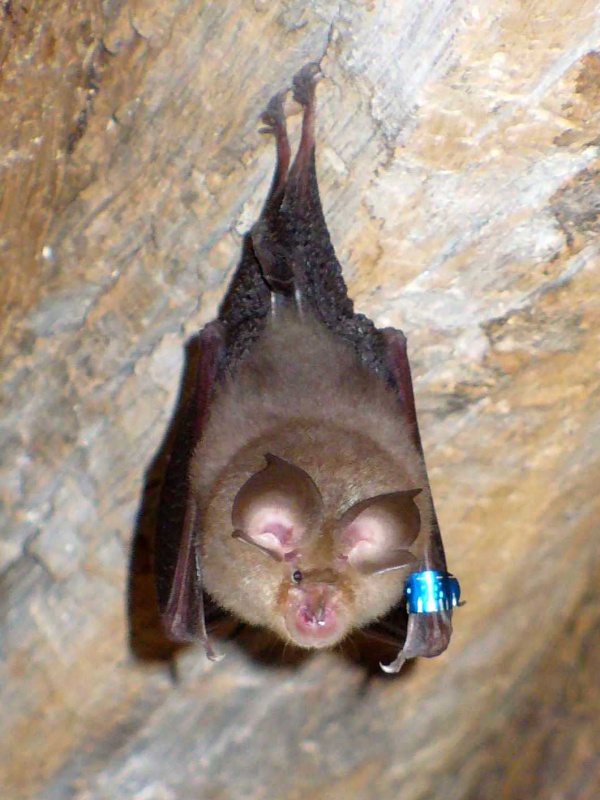Facts About Horseshoe bat
Horseshoe bats, members of the Rhinolophidae family, are captivating creatures predominantly found in the Old World, particularly in the tropical and subtropical regions of Africa, Asia, Europe, and Oceania. These small to medium-sized bats are easily identifiable by their unique nose-leaf structures, which assist them in echolocation—a critical ability for their insect-hunting lifestyle.
The Rhinolophidae family is evolutionarily rich, divided into six subgenera and various species groups, with origins tracing back to a common ancestor that lived approximately 34 to 40 million years ago. Today, the family includes the extinct genus Palaeonycteris and the extant genus Rhinolophus, which comprises about 106 species.
Horseshoe bats are fascinating not only from a biological perspective but also due to their impact on humans. They are known carriers of diseases, including coronaviruses like SARS and potentially SARS-CoV-2. Additionally, in some regions such as Nepal, India, Vietnam, and Senegal, people hunt these bats for food or use them in traditional medicine.
One of the most intriguing aspects of horseshoe bats is their echolocation ability. They use constant frequency calls to detect prey in cluttered environments, primarily feeding on insects and spiders. Their foraging techniques vary; some species catch prey mid-air, while others prefer to perch and wait.
Socially, horseshoe bats exhibit a range of behaviors and reproductive strategies. Some species are monogamous, while others practice polygyny. Their habitats are equally diverse, spanning the Paleotropics and including caves, tree hollows, and even buildings.
Despite their adaptability, many horseshoe bat species face significant threats. Habitat disturbance, particularly in cave roosting areas, poses a serious risk. According to the IUCN, 92 species have been assessed, with some listed as critically endangered, endangered, or vulnerable.

 China
China